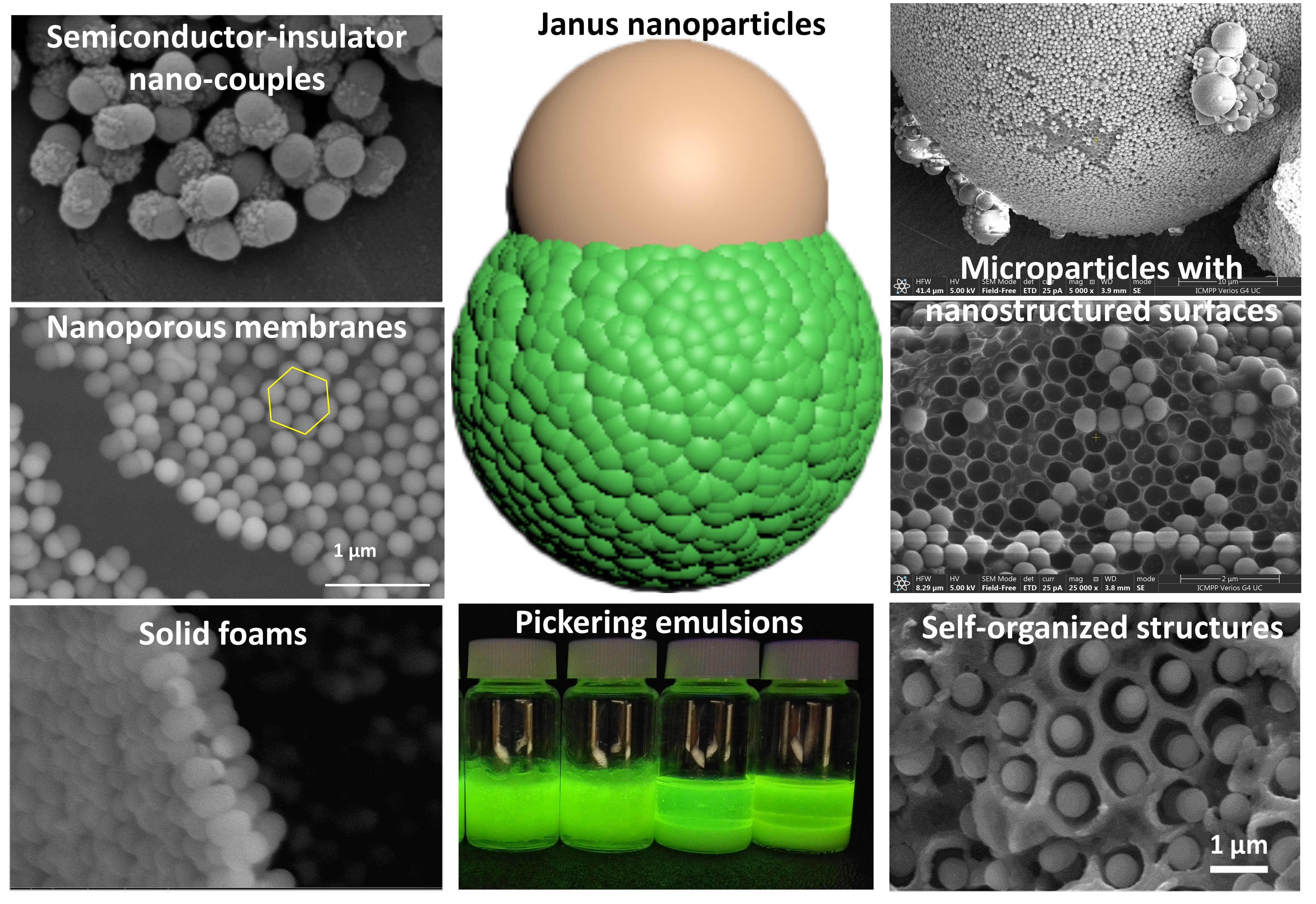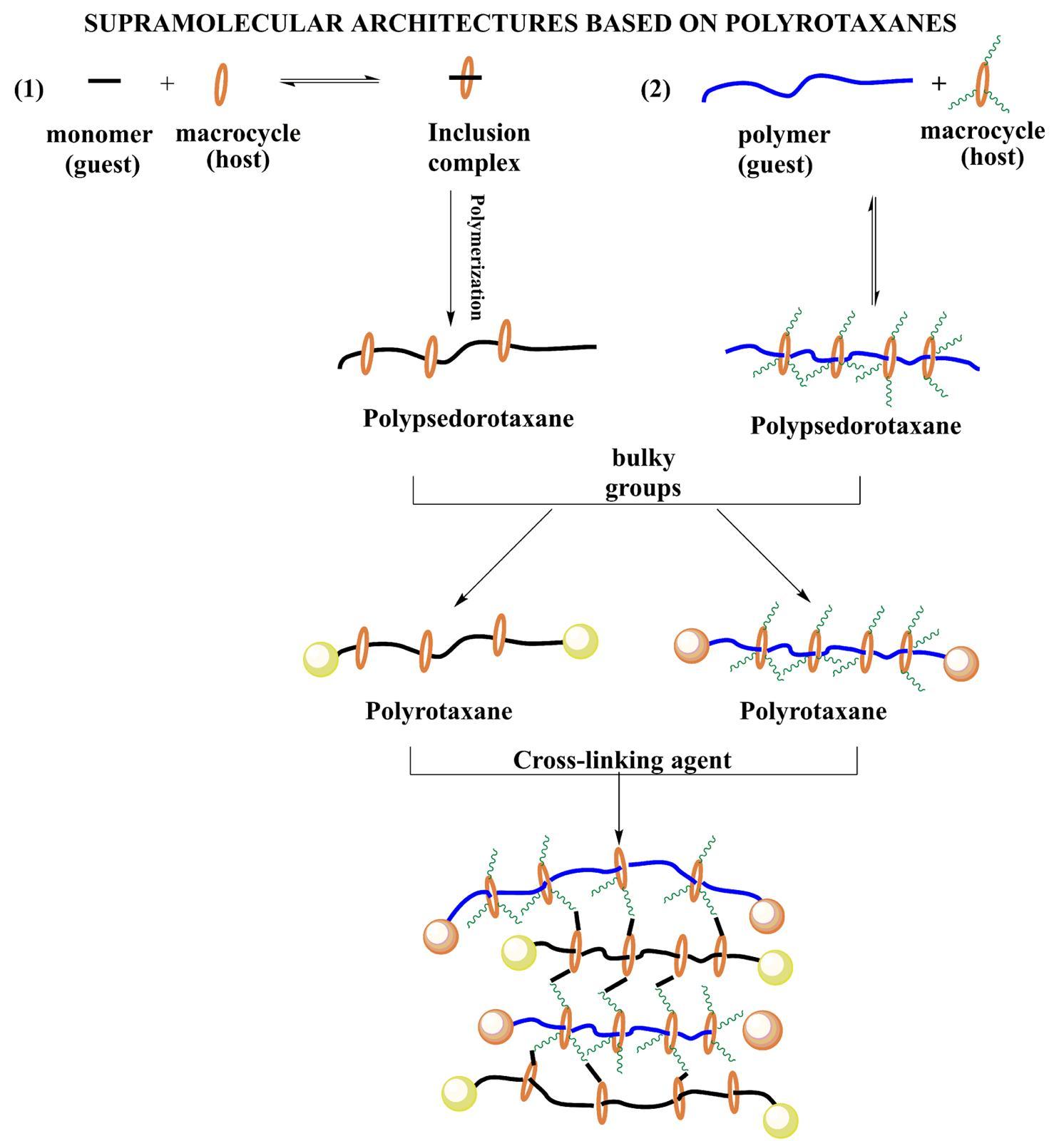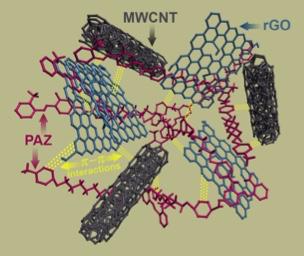Multifunctional materials from amphiphilic Janus nanoparticles
Asymmetric Janus nanoparticles (JNPs) can adopt various geometries from perfectly spherical to snowman shape. JNPs can be amphiphilic and thus can spontaneously adsorb and self-assemble at interfaces, or can form self-assembled supra-structures, and their key geometry could make them useful in designing of solid-state emulsifiers, catalysts, smart materials, such as self-propelled catalytic swimmers, nanomotors, powders with variable properties, etc.
- The asymmetry of the JNPs enables “loading” of different and contrasting properties, such as the creation of semiconductor-electrical insulator nano-couples, which poses variable conductivities and can be used as pigments for printing of electronic circuits;
- JNPs can stabilize Pickering emulsions, and in fact these are so stable that can be polymerized leading to microparticles with nanostructured surfaces;
- Strongly amphiphilic JNPs can foam and generate solid-state foams and free-standing membranes, which can be used in air filtration applications.

Polyrotaxane supramolecular architectures
(1) Synthesis of the polyrotaxane starting from monomer:
- Synthesis of inclusion complex (IC) by encapsulation of monomer (guest) into macrocycle cavity (host);
- Polymerization of the IC to give the subsequent polypseudorotaxane;
- Attachment of bulky groups to obtain the polyrotaxane structure.
(2) Synthesis of the polyrotaxane starting from linear polymer chain:
- Threading of macrocycle molecules (hosts) onto polymer axle (guest) to give the polypseudoplyrotaxe;
- Attachment of bulky groups to obtain the polyrotaxane structure.
(3) Synthesis of supramolecular networks from polyrotaxane structures using a cross-linking agent.

Electrical properties of materials
Study of electronic properties of various materials, e.g. blends and composites with focus on elucidating the electronic interfacial phenomena, and the effect of interaction between fillers and polymer semiconductor matrices.

|








